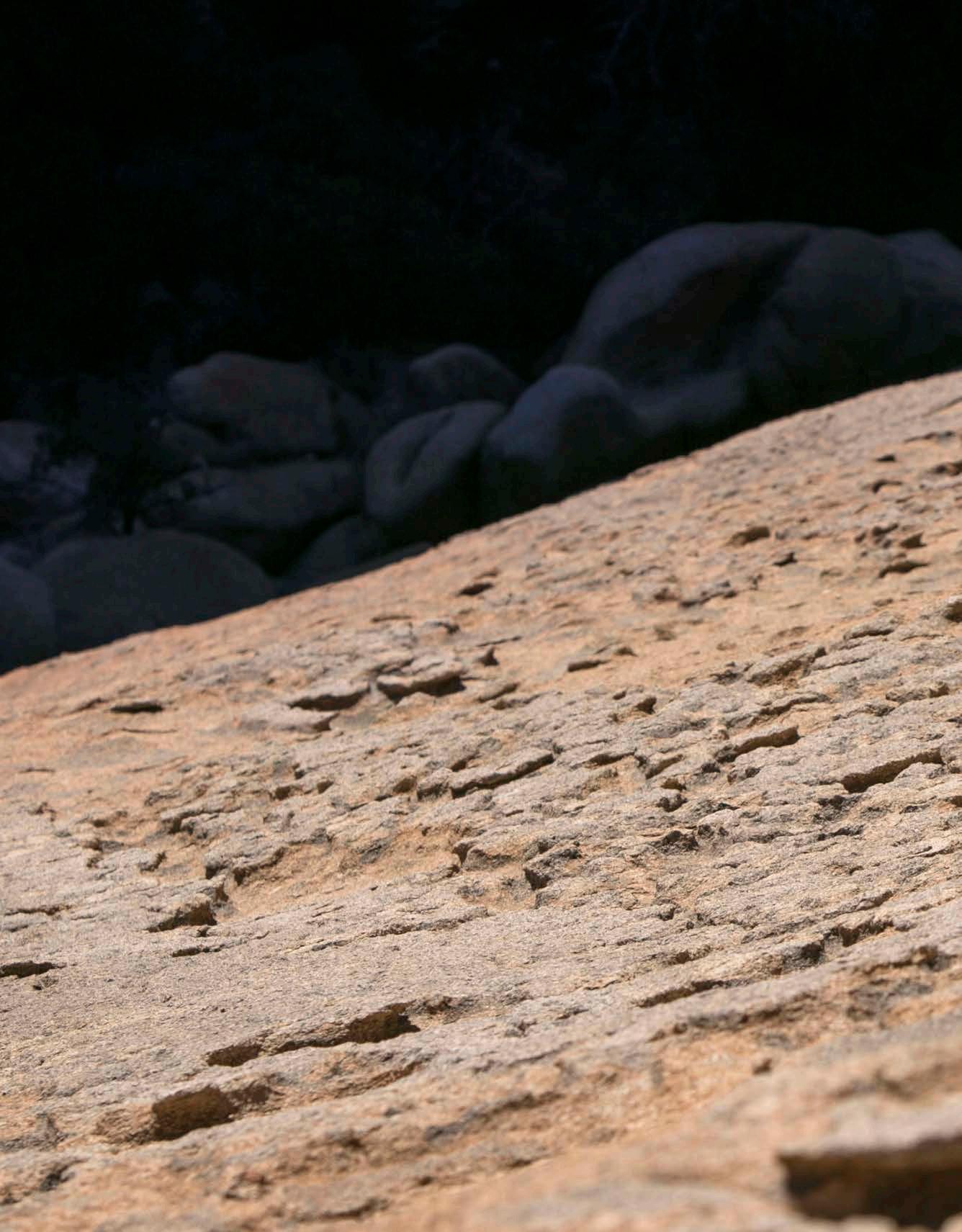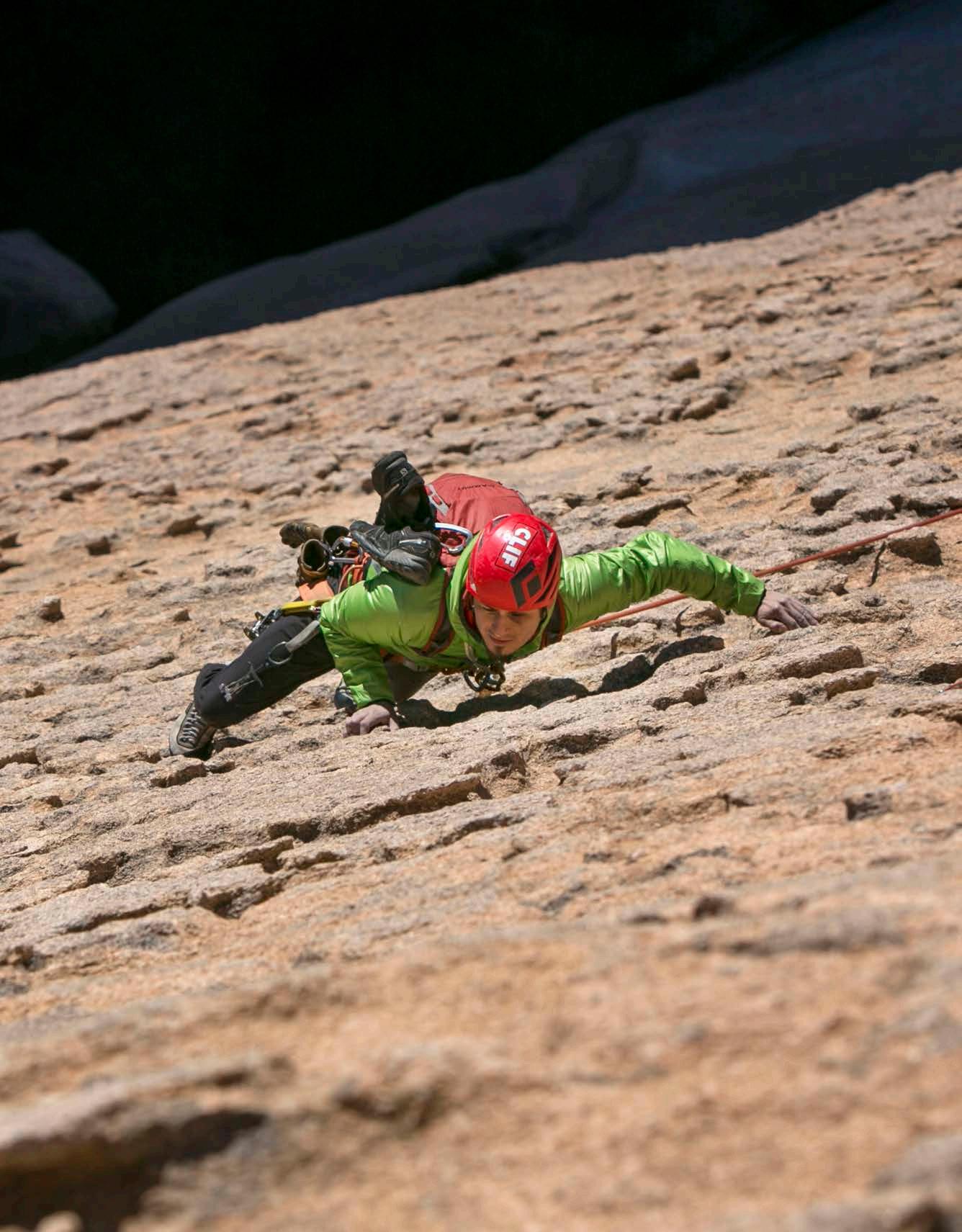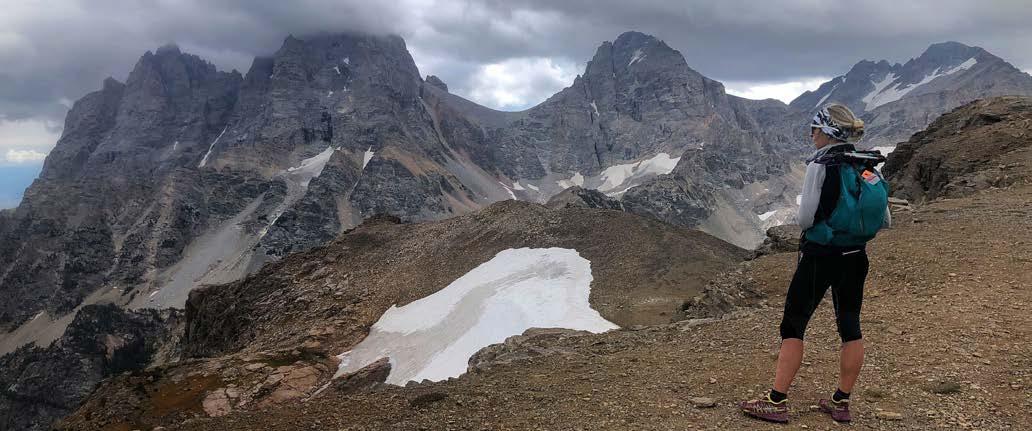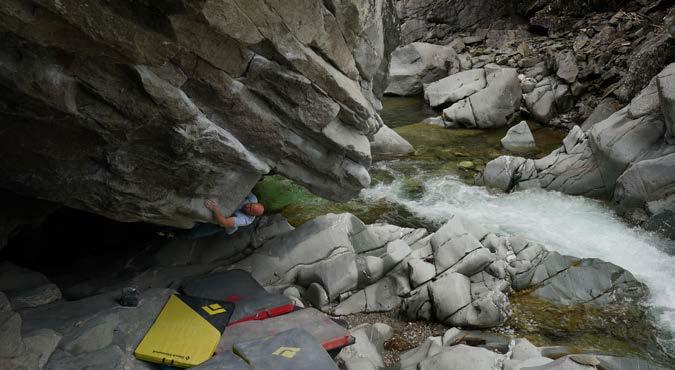
6 minute read
TRAINING DURING COVID
Sarah Lavender Smith: COVID-19 rerouted Sarah Lavender Smith's goals, but not her passion for running. photo courtesy of Grand to Grand Ultra
Shifting Focus Four Corners athletes redefine goals and refocus training amidst pandemic
Advertisement
BY MORGAN SJOGREN

During the first COVID-19 related shelter in place ordinances this past March, Sarah Lavender Smith, a trail runner and coach from Telluride, Colorado, braced herself for modifications to her training and racing schedule.
Dealing with the virus itself quickly took this to another level.
“Our household came down with COVID-19 in late March. My two college-aged kids and I got mild cases, but my husband got a serious case and required hospitalization, followed by a month-long recovery with supplemental oxygen,” Smith said.
Though Smith and her family all made a full recovery, it required some major adjustments to her training and goals.
Physical and emotional exhaustion from coping with the illness led Smith to put her training on hold during the month of April. She wanted to do everything possible to stay healthy and take care of her family. So for a couple of weeks, Smith only did gentle yoga and took short walks.
“The way the pandemic threatened my husband’s life and also jeopardized his business took an emotional toll and made me refocus my training purely on good health,” Smith said.
Smith was supposed to race both a 50-mile trail ultra and the Boston Marathon in April, followed by a 155-mile, self-supported stage race in May. Due to the turn of events, Smith was unable to race in any of these events, and felt as if she could barely run a 10K.
“I gave myself time to rest and recover and return to running gradually and slowly, with a renewed appreciation for the simple act of running,” Smith said. “I was reminded of the old saying, ‘Your health is your wealth.’”
Professional climber Chris Schulte, typically a nomad frequently roaming the Four Corners, also found himself in a tricky pandemic situation.
“I went to Europe at the beginning of March for bouldering in Fontainebleau (France) and Switzerland, followed by a traditional climbing trip in Italy,” Schulte said. “After we reached Switzerland, one week into our four-week trip, Italy closed its borders. Switzerland soon followed, then the rest of Europe and much of the world.”
Sheltering in place in a foreign country with no certain end date posed its own challenges, yet the ability to climb gave Schulte an outlet and a renewed perspective for the sport he loves. ››
Mike on the Cochise Stronghold classic What's My Line 5.6 A0. Chiricahua Apache Homelands. photo by Gabriel Ellison-Scowcroft


“Switzerland never banned climbing or hiking outdoors, so we didn’t have to change much of anything beyond our list of primary goals,” Schulte said. “We went to smaller, out-of-the-way areas, cleaned a bunch of new climbs and generally had a good time in a small quiet country with the borders closed. It was a lot like climbing was 20 years ago!”
Even when not directly impacted by COVID-19, athletes in the Southwest are continuing to refocus their goals and modify their training plans to exercise caution and care amidst the pandemic. Aaron Mike, a climber and guide in Flagstaff, Arizona, explains how his plans have changed.
“At this point all of my future goals are tentative and relative to what we observe regarding COVID,” Mike said. “I am trying to avoid setting big concrete goals quite yet because we are still seeing spikes in COVID cases, and I want to manage my own expectations with safety being the overall lens.”
Instead of forcing his old training methods into this situation, he is exploring new techniques that he can use at home. So he built a hang board that he uses daily for low-intensity finger conditioning.
“After COVID precautions were put in place, my home hang board became my primary training tool on which I had to get creative in order to keep full body conditioning without inviting overuse injury,” Mike said. “The mental training is a bit harder to maintain because for me it generally comes through actual climbing.”
Mike’s solution to this has been exploring meditation and breathing exercises, as well as engaging in other COVID-safe activities.
Climber Chris Schulte navigated COVID-19 spring shutdowns while in Europe. photo by Jess Reynolds A regular training regimen and alpine air have helped Kelly Halpin stay focused. photo by Fred Most

Yet for mountain athlete Kelly Halpin, who splits her time between Moab, Utah, and Jackson Hole, Wyoming, maintaining a normal training routine has helped her lean on the structure in her life and stay focused.
“I did make sure my runs stayed local, so I ended up training on the same trails near my house over and over again,” Halpin said. “I'm certainly not complaining, however, since there were so many people stuck in cities with no trail access nearby. Now that the national park (Grand Teton) is slowly starting to open, I'm looking forward to expanding some of my runs but making sure to choose less popular trails that won't be as crowded.”
In lieu of organized races, Halpin planned to attempt several fastest known times (FKT) in wilderness areas this fall.
“I'm lucky in the sense that I did not have any race plans fall through,” Halpin said. “I did, however, have to change around some of my FKT attempts.”
With the COVID-19 scare behind her, Smith has once again resumed her training and competition, albeit virtually.
In late May, Smith participated in a virtual vertical challenge with the goal of completing as much elevation gain as possible in a week.
“This challenge motivated me to push my personal limits and to enjoy a different kind of challenge — one geared more to hiking than running, and that had little to do with speed and everything to do with vertical gain — and it also gave me license to take a week to spend the better part of each day on the trail, like a retreat,” Smith said.
Smith’s goal was to reach 100 miles and 33,000 feet of gain, the equivalent of a tough mountain 100-miler that she’s used to doing. When Smith met that goal midweek, she kept going. Ultimately, she reached 179 miles total and achieved the event’s highest challenge, a Double Everest climb of over 58,000 feet all on highaltitude mountain trails.
“It was exhausting but thoroughly satisfying,” Smith said.
Smith’s strength and recovery and Schulte’s improvisation prove that resiliency is possible, even in challenging circumstances. Like these professional outdoor athletes in the Four Corners, it is possible to maintain fitness and work toward long-term goals while remaining safe to protect yourself and others. As these athletes demonstrate, the circumstances and adjustments are different for everyone, yet athletic activities remain a way to maintain health and well-being during these difficult times.
MORGAN SJOGREN is a free-range raconteur typically found roaming wild in the Colorado Plateau, but is now quarantined in southwest Colorado. During the pandemic, Morgan reframed her athletic goals to: get outside, feel good and have fun.










